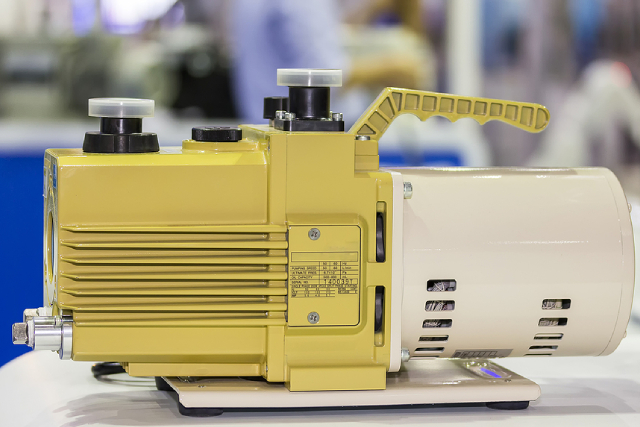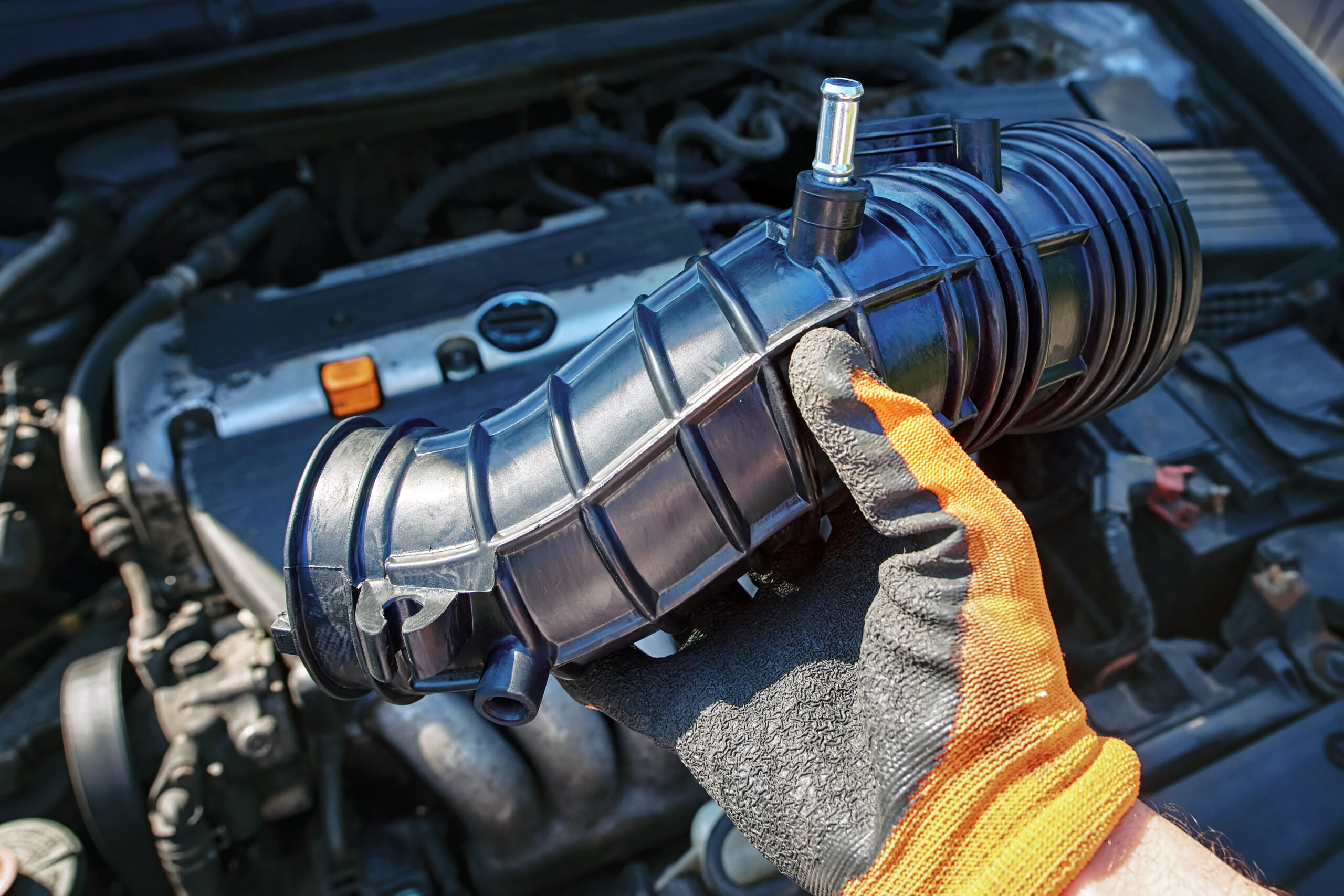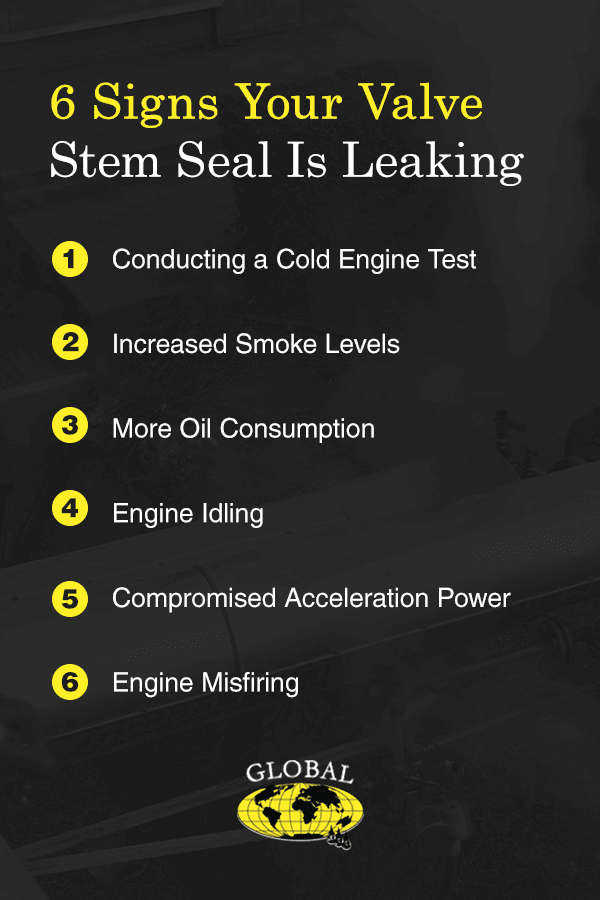A well-functioning vacuum cleaner is essential for keeping your home clean. But what happens when its motor begins to fail?
Recognizing the signs early can save you from bigger issues later. A failing vacuum motor can disrupt your cleaning routine. It can also lead to more significant problems if not addressed promptly. You might notice changes in sound, performance, or even smell.
Each of these can signal that your vacuum is in trouble. By understanding these warning signs, you can take action before a minor issue becomes a major headache. So, let’s explore the common signs that indicate your vacuum motor is failing. This knowledge can help you maintain your vacuum and keep your home spotless.
Strange Noises
Strange noises from your vacuum can be a sign of motor problems. These unusual sounds can indicate that something is wrong. Addressing these issues early can prevent further damage. Here are some specific noises to listen for.
Grinding Sounds
If your vacuum makes grinding sounds, the motor might be failing. These noises often suggest worn-out bearings or internal parts. Grinding noises can be loud and disruptive. Don’t ignore these sounds, as they can lead to bigger issues.
High-pitched Whining
A high-pitched whining sound is another warning sign. This noise often comes from a struggling motor. The vacuum may overheat if the motor is overworked. High-pitched whining can be irritating and signal serious problems.

Credit: www.youtube.com
Loss Of Suction
Notice your vacuum isn’t picking up dirt like it used to? Loss of suction is a common sign that your vacuum motor might be failing. This can be frustrating, especially when your floors remain dirty despite multiple passes with the vacuum.
Weak Performance
One of the first signs is weak performance. You might notice the vacuum isn’t as powerful as it once was. It struggles to pick up even the smallest debris.
This could mean the motor is losing its efficiency. Think about the last time you vacuumed. Did it take longer than usual? If so, your motor might be to blame.
Debris Left Behind
Another telltale sign is debris left behind. Even after vacuuming, you may find crumbs and dust still on the floor. This is a clear indication that the vacuum isn’t working properly.
I remember vacuuming my living room and still finding pet hair everywhere. It was frustrating! You might have a similar experience. This is your vacuum telling you it needs attention.
So, what can you do? First, check for blockages. Sometimes a simple clog can cause these issues. If the problem persists, it might be time to consider a professional inspection or even a replacement.
Have you noticed any of these signs in your vacuum? Don’t ignore them. Addressing the problem early can save you time and frustration.
Overheating
Overheating can indicate your vacuum motor is failing. A burning smell and unusual noises are common signs. Pay attention to these issues early.
OverheatingIs your vacuum cleaner getting hotter than usual? Overheating is a common sign that the motor might be failing. This can lead to more serious issues if not addressed quickly.A vacuum motor that overheats can be a fire hazard. It’s important to recognize the signs early. Let’s dive into some specific indicators.Burning Smell
One of the most noticeable signs of an overheating motor is a burning smell. If you detect this, it’s time to turn off your vacuum immediately.This smell often resembles burning rubber or plastic. It’s a clear sign that something inside is getting too hot.I once ignored this sign with my old vacuum, thinking it was just some dust burning off. Spoiler: it wasn’t. The motor eventually burned out, costing me a lot more in repairs.Is your vacuum emitting a burning smell? Don’t wait. Investigate the source right away.Hot Exterior
Another sign of an overheating motor is a hot exterior. When you touch your vacuum, it should be warm, not hot.If the exterior feels too hot to handle, the motor is likely working overtime. This could mean it’s struggling and on its way to failing.Once, I noticed my vacuum’s body was almost too hot to touch after just 10 minutes of use. This was a clear indication that the motor was overheating. I turned it off and let it cool down, which helped avoid further damage.Keep an eye on how hot your vacuum gets during use. Regularly check for unusual warmth to prevent long-term damage.—These signs of overheating are crucial to identify early. Paying attention to the burning smell and hot exterior can save you from expensive repairs. Have you noticed these issues with your vacuum? Share your experiences and solutions in the comments below!Intermittent Operation
Is your vacuum cleaner acting up and making your cleaning routine a hassle? One of the common issues you might face is its intermittent operation. This can be both frustrating and indicative of a failing motor. Understanding the signs can help you tackle the problem before it gets worse.
Starts And Stops
Does your vacuum start working only to suddenly stop after a few minutes? This is a clear sign of intermittent operation. It might start again after a while, only to stop once more. This stop-and-go behavior can be annoying and is often due to the motor overheating. The motor may have a built-in thermal fuse that cuts off power to prevent damage.
When the motor cools down, it starts up again until it overheats once more. This cycle can repeat endlessly. If you notice this happening, it’s time to check the motor and possibly get it serviced. Don’t ignore it, as repeated overheating can cause permanent damage to your vacuum.
Unreliable Power
Another sign of a failing vacuum motor is unreliable power. If your vacuum’s suction power fluctuates, the motor could be struggling. You might notice that it sometimes works at full strength and other times seems barely able to pick up dirt. This inconsistency can make cleaning ineffective.
Unreliable power can also be caused by a loose connection or worn-out motor brushes. These are relatively easier to fix compared to a complete motor failure. However, if left unchecked, it could lead to more severe issues. Pay attention to these signs and take action to avoid a total breakdown.
Have you ever had your vacuum cleaner stop right in the middle of cleaning, leaving you wondering what went wrong? Share your experiences and how you dealt with them. Your tips could help others facing the same issue.
Electrical Issues
Dealing with vacuum motor problems can be frustrating, especially when electrical issues are involved. Electrical problems can often be a sign that your vacuum motor is failing. Recognizing these signs early can save you from costly repairs or the need for a new vacuum. Below are some common electrical issues that could indicate your vacuum motor is on its last legs.
Tripped Breakers
Have you ever noticed your vacuum tripping the breaker while you’re cleaning? This is a clear sign of an electrical issue. It happens because the vacuum motor is drawing too much current, causing the breaker to trip as a safety measure.
I remember the time my vacuum kept shutting off mid-cleaning. I thought it was a minor issue, but when it repeatedly tripped the breaker, I knew something was wrong. This often means the motor is struggling and could fail soon.
Check your breaker box when this happens. If the vacuum is the only appliance causing this, it’s time to get it checked by a professional.
Flickering Lights
Another sign of vacuum motor failure is flickering lights when the vacuum is in use. This can indicate that your vacuum is drawing more power than it should.
You might notice the lights dimming or flickering each time you turn on the vacuum. This is not just annoying but also a sign that your vacuum motor is not functioning efficiently.
If you see this happening, stop using the vacuum and inspect it. Continuous use under these conditions can lead to more severe electrical problems or even pose a fire hazard.
Have you experienced any of these signs? Ignoring them can lead to bigger issues down the road. It’s better to address the problem early to ensure your vacuum works efficiently and safely.

Credit: www.winstonengineering.com
Unusual Vibrations
Your vacuum motor may be failing if you notice unusual vibrations. These vibrations can make cleaning a less pleasant task. Understanding the cause can help you address the issue promptly.
Shaking Body
One sign is the vacuum’s body shaking during use. This can be alarming and uncomfortable. The shaking suggests internal parts are not functioning smoothly. It can also indicate a more serious problem within the motor. If the vacuum vibrates more than usual, inspect it immediately.
Loose Parts
Loose parts can cause the vacuum to vibrate. Over time, screws and bolts may loosen. These loose parts can create an imbalance, leading to vibrations. Check for any loose components and tighten them as needed. This simple fix might stop the vibrations.
Visible Sparks
Your vacuum motor is crucial for its performance. Visible sparks from the motor are a clear sign of trouble. These sparks can be alarming and signal that your vacuum needs attention. Understanding the causes of these sparks can help you address the issue promptly.
Internal Arcing
Internal arcing occurs when electrical currents jump between components. This can generate visible sparks. Arcing inside the motor often results from worn-out parts. Over time, the motor’s brushes and commutator wear down. This wear and tear disrupts the normal flow of electricity. It causes the current to jump across gaps, creating sparks. If left unchecked, internal arcing can damage the motor further.
Damaged Wiring
Damaged wiring is another common cause of visible sparks. Wires inside the vacuum can fray or break. This exposes the inner conductors. Exposed wires can touch each other or metal parts. This contact creates a short circuit, leading to sparks. Damaged wiring not only causes sparks but also poses a fire hazard. Regularly inspect your vacuum’s wiring for signs of wear.
Burnt Odor
A burnt odor is a clear sign your vacuum motor might be failing. This smell is often noticeable and can indicate internal damage. Understanding the specifics of this burnt odor helps in identifying the problem early.
Smell Of Burning Plastic
The smell of burning plastic is a strong indicator. The vacuum motor overheats and melts internal components. This melting plastic emits a distinct odor. If you notice this smell, turn off your vacuum immediately.
Inspect the motor area for signs of damage. Look for burnt or melted parts. This smell suggests serious issues that need professional attention.
Persistent Odor
A persistent burnt odor is another warning. If the smell lingers after using your vacuum, the motor might be continuously overheating. This can lead to further damage over time.
Regular checks can prevent this problem. Ensure your vacuum has proper ventilation. Clean the filters and remove blockages. Persistent odors often mean it’s time to replace the motor.
Motor Not Starting
Your vacuum motor may be failing if it starts making unusual noises. Another sign is reduced suction power. Sometimes, the motor may not start at all.
### Motor Not StartingOne of the most frustrating experiences is when your vacuum cleaner refuses to start. You rely on it to keep your home clean, so a non-starting motor can disrupt your daily routine. Knowing the signs can help you diagnose the problem quickly and decide whether it’s something you can fix or if you need professional help.Complete Failure
The most obvious sign of a motor issue is when your vacuum won’t turn on at all. You’ve plugged it in, checked the power switch, and still nothing happens.This complete failure can be due to various reasons, like a burned-out motor or a blown fuse. If you notice a burnt smell or hear strange noises before it stopped working, those could be clues that the motor has failed.It’s essential to rule out simpler issues first. Make sure the outlet works by plugging in another device. Sometimes, the solution is as simple as resetting a tripped circuit breaker.Unresponsive Switch
An unresponsive switch is another common sign of a failing vacuum motor. You flip the switch, and there’s no response from the motor. It’s as if the vacuum is ignoring your command.This can be particularly annoying if the vacuum was working fine just moments before. The issue could be with the switch itself, or it could indicate a more significant problem with the motor’s wiring.One practical step is to check if the switch feels loose or wobbly. Sometimes, a switch replacement can solve the issue without needing to replace the entire motor. But if the switch seems fine, you might need to consult a technician to diagnose deeper electrical problems.When your vacuum motor doesn’t start, it’s easy to feel overwhelmed. But by observing these signs, you can better understand what’s going wrong. Have you ever had a vacuum that just wouldn’t start? What did you do to fix it? Share your experiences in the comments below!

Credit: www.telletire.com
Frequently Asked Questions
How To Tell If A Vacuum Motor Is Bad?
Check for burning smell, unusual noises, loss of suction, or motor not starting. These signs indicate a bad vacuum motor.
What Does A Bad Vacuum Motor Sound Like?
A bad vacuum motor sounds loud, high-pitched, or like grinding. It may also emit a burning smell.
Is It Worth Replacing A Vacuum Motor?
Yes, replacing a vacuum motor can be worth it. It extends the vacuum’s lifespan and improves performance. Ensure the cost is reasonable compared to buying a new vacuum.
Can You Burn Out A Vacuum Motor?
Yes, you can burn out a vacuum motor. Overheating, clogged filters, or blocked hoses cause motor damage. Regular maintenance prevents this.
Conclusion
A failing vacuum motor can disrupt your cleaning routine. Recognize the signs early. Strange noises and reduced suction are common indicators. Pay attention to burning smells or overheating. Regular maintenance helps extend the life of your vacuum. If issues persist, consider professional help.
Protect your investment with timely repairs. Keep your home clean and your vacuum running efficiently. Stay proactive and ensure smooth, hassle-free cleaning.

